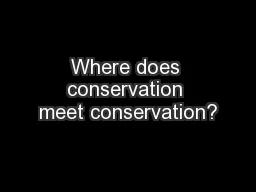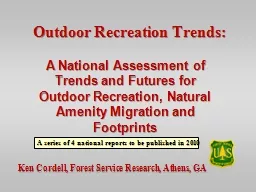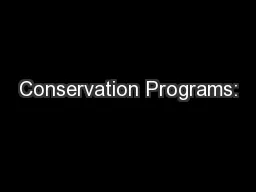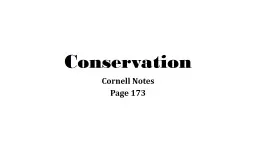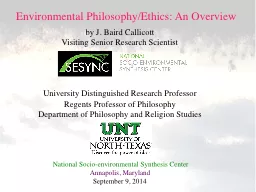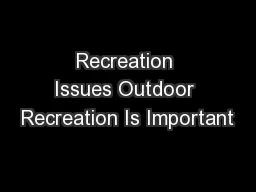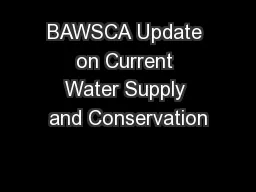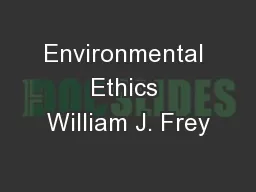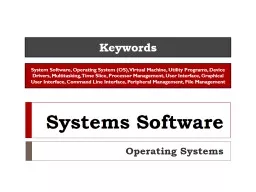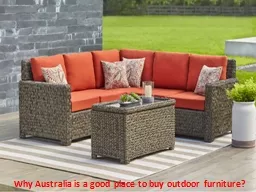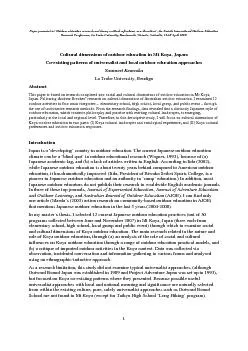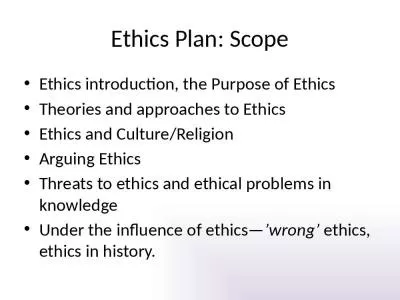PPT-Environmental Conservation and Outdoor Ethics
Author : test | Published Date : 2018-02-14
Principles Problems and Prestige Presented by Chad Lawrence Zechariah Bauer Brent Huffman Matt Shriver Principles Leave No Trace Boy Scout Handbook 1998 Outdoor
Presentation Embed Code
Download Presentation
Download Presentation The PPT/PDF document "Environmental Conservation and Outdoor E..." is the property of its rightful owner. Permission is granted to download and print the materials on this website for personal, non-commercial use only, and to display it on your personal computer provided you do not modify the materials and that you retain all copyright notices contained in the materials. By downloading content from our website, you accept the terms of this agreement.
Environmental Conservation and Outdoor Ethics: Transcript
Download Rules Of Document
"Environmental Conservation and Outdoor Ethics"The content belongs to its owner. You may download and print it for personal use, without modification, and keep all copyright notices. By downloading, you agree to these terms.
Related Documents


